What is the Purpose of Digital Pricing Lists in B2B Ecommerce Sales?

Keep the good stuff coming
Subscribe to our blog newsletter and get monthly content that helps you manage product data smarter.
No spam. Just real value.
If you think that pricing lists are dead, you're sadly mistaken. With ecommerce being such an ever-changing and fast-paced environment, we've seen first-hand how old-school sales material gets reinvented to fit the digital world we live in.
Take product catalogs, for example. While printed catalogs are a thing of the past, online product catalogs can be a helpful marketing tool to showcase your products and drive sales, especially when so many shoppers are online these days. (That’s 27.6% of the 7.74 billion people in the world, to be exact.) So, while printed pricing lists may not be the best way to go, digital pricing is key for B2B.
What is a price list?
A price list, also known as a sell sheet or product sheet, is a comprehensive document that has the current prices and information on a particular product.
A price list can be used externally to send to a customer, or internally with the marketing and sales departments. It works as a sales tool, and it informs customers of your prices, special promotions, and showcases new products.
Why you should go the digital route?
While nothing is particularly wrong with printing out a price list, we do live in a digital world where B2B customers shop online. According to this survey, 48% of companies now prefer to conduct 50 to 74% of all corporate purchases online.
Here is how a digital pricing list can add value to your business:
1. Easy distribution
Establishing a working relationship with B2B customers takes a while. As you know, with B2B buyers, it’s not just one person purchasing a product or service; it needs to be reviewed and approved by all major stakeholders. Unlike selling a wrongly sized item of clothing to a B2C customer that can be returned with no issue, purchasing from the wrong supplier has a ripple effect on how their business will operate until they find a new one. Having a digital pricing list allows you to distribute your product information much faster to a potential customer.
Whether they're at the consideration stage, or even the decision stage, having a digital pricing list can be a game-changer. You can easily send it to a customer without physically being in their presence. Not to mention, research has shown that 44% of millennial B2B consumers avoid in-person interactions as it is.
2. Updated in real-time
To remain competitive in an always-on world, you need to act in real-time. When working with printed lists, you can’t update new product information in real-time, or in a timely manner. And that could stop your business from closing a sale.
You don’t customers to seek help elsewhere. You want your business to stay top-of-mind, and be able to give them the information they need quickly and conveniently.
Realistically, that cannot be done with printed documents.
3. Share lists via social media platforms
Due to the COVID-19 pandemic and lockdown, social media has been the one thing that connected everyone. But this isn’t only for personal use. Businesses also use social media for work-related purposes such as researching and networking. This is why social commerce boomed in the last few years, and why 83% of B2B content marketers are using social media 60% more than they did in 2020.
With a digital product list, you can share it on your social networks, particularly Linkedin. (They say that 80% of people on Linkedin have the ability to drive business decisions.) Use this to your advantage and can create a digital price list that you can share on your social media platforms and continue to bring in sales.
4. Embed it on your website
According to Digital Commerce 360, last year, B2B online sales grew by 17.8% making $1.63 trillion. And McKinsey & Company found that about 65% of B2B companies across industries are fully transacting online in 2022. But to truly reap the benefits of B2B ecommerce, you cannot have a basic website. You need a website that is informative and helps with the customers' shopping experience.
With digital price lists, you can embed them onto your website. This makes it easier for your customers to find when researching your product. When you embed useful sales material, a prospect's sales journey can start before they make contact with a sales rep. According to statistics, this is what 27% of B2B buyers want as they prefer to do independent research during the research stages.
How to create a compelling digital price list
Now that you know why you need a digital pricing list, you need to ensure you have a price list template that helps educate and convert your customers.
Here is everything you need to have:
- Business information e.g a phone number, email, and business address
- Clear instructions on how to place an order
- Pricing that includes specifications and rich information that indicate any discounts or sales, and state when discounts and sales will expire
- Persuasive product content that answers customer questions
- Professional imagery to showcase product or service
- Delivery and shipping information
- A CTA to encourage customers to take action
Use Plytix PIM for all your ecommerce needs
The days of using separate ecommerce tools are a thing of the past, especially with our product content management tool. The Plytix system makes creating pricing lists easier. Our PIM tool can integrate with ERP systems (download our FREE eBook on this), and ensure that all your data from your ERP, such as SKUs, product name, price, and more, can co-exist in the same place as your digital marketing assets.
But, it doesn’t stop there.
Plytix also offers B2B PIM features. For example, with our Brand Portal feature, you get to create digital and downloadable product catalogs so that you can cater to your old customers who still prefer old-school printed catalogs and those who prefer the digital alternative.
Start catering to all your new-age customers with our product catalog management system! For more information on how product information management (PIM) can help with your B2B sales, sign up FREE or book a demo!
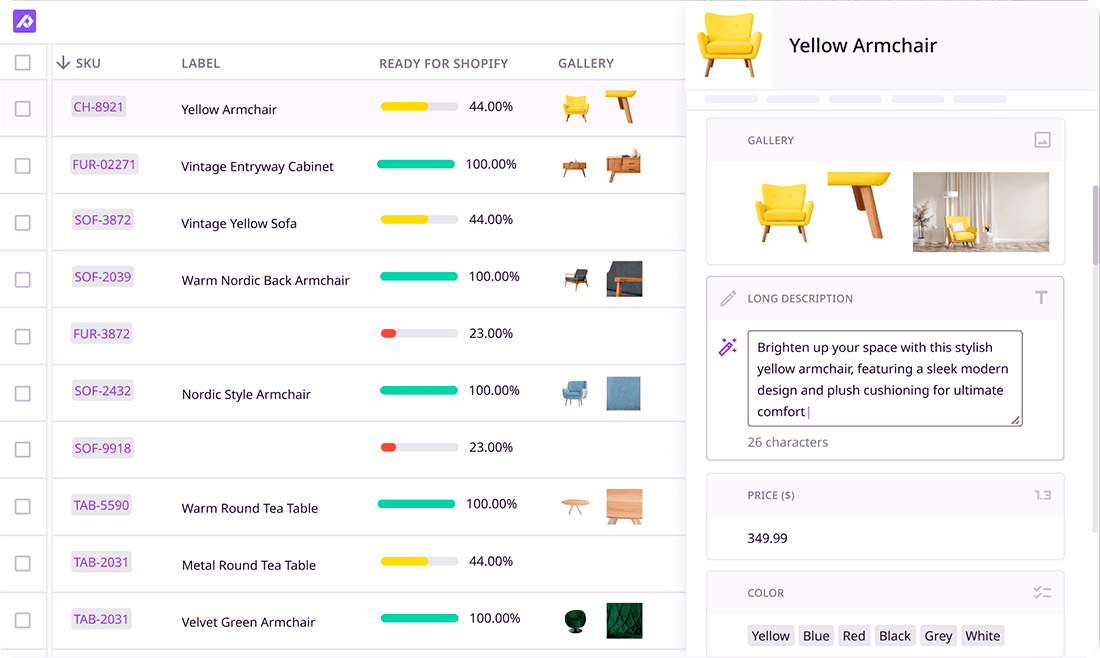
What if your product data actually worked for you?
We’ll show you how Plytix helps you stop fixing data—and start using it.
Related posts
Keep the good stuff coming
Subscribe to our blog newsletter and get monthly content that helps you manage product data smarter.
No spam. Just real value.
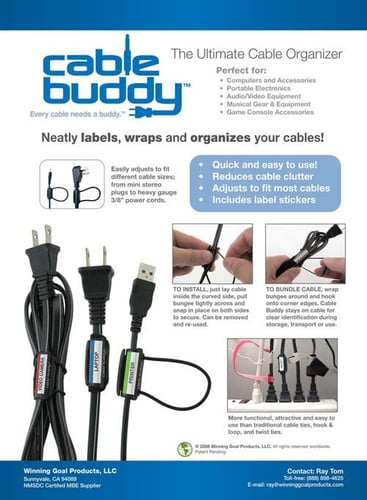

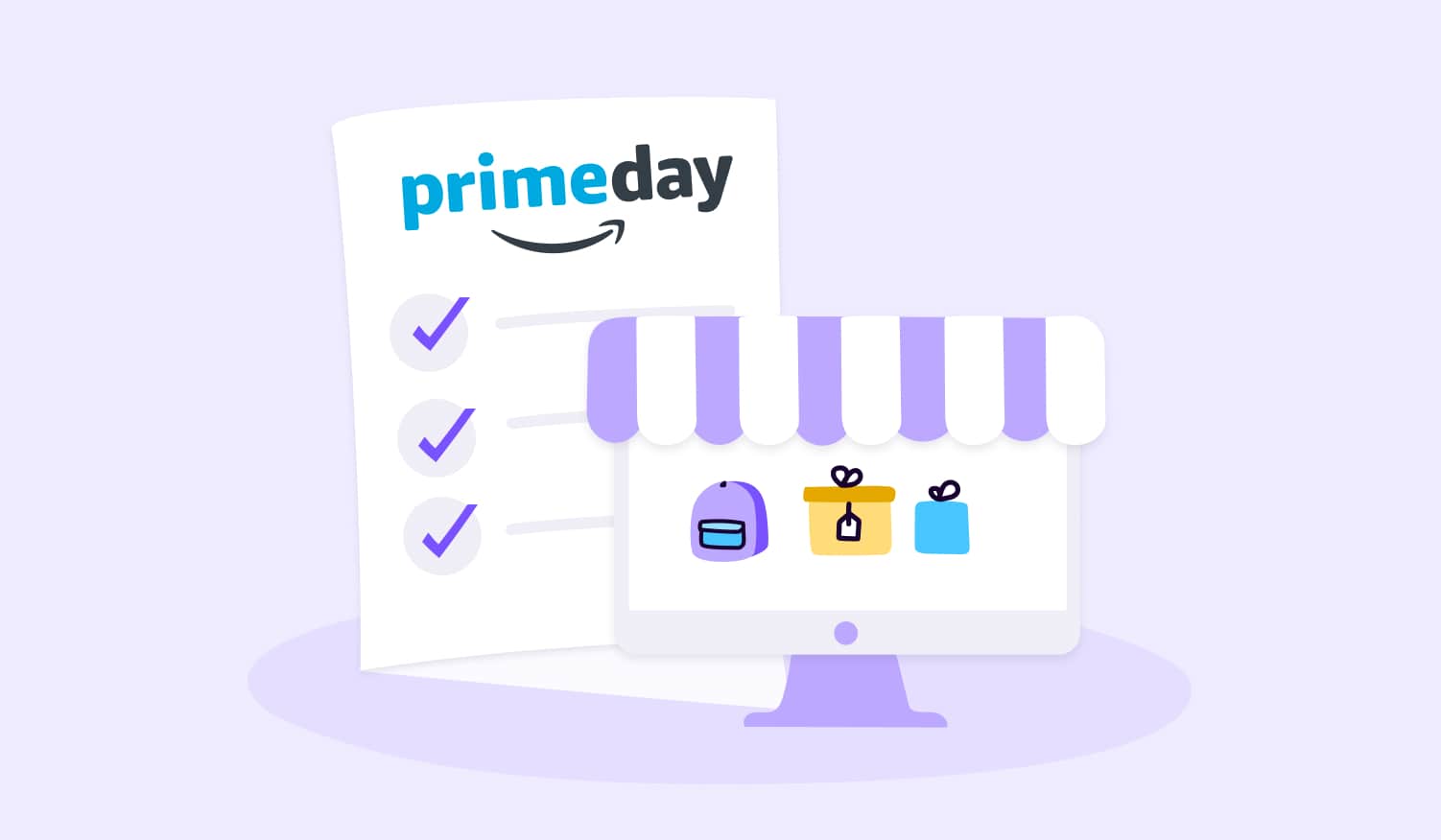
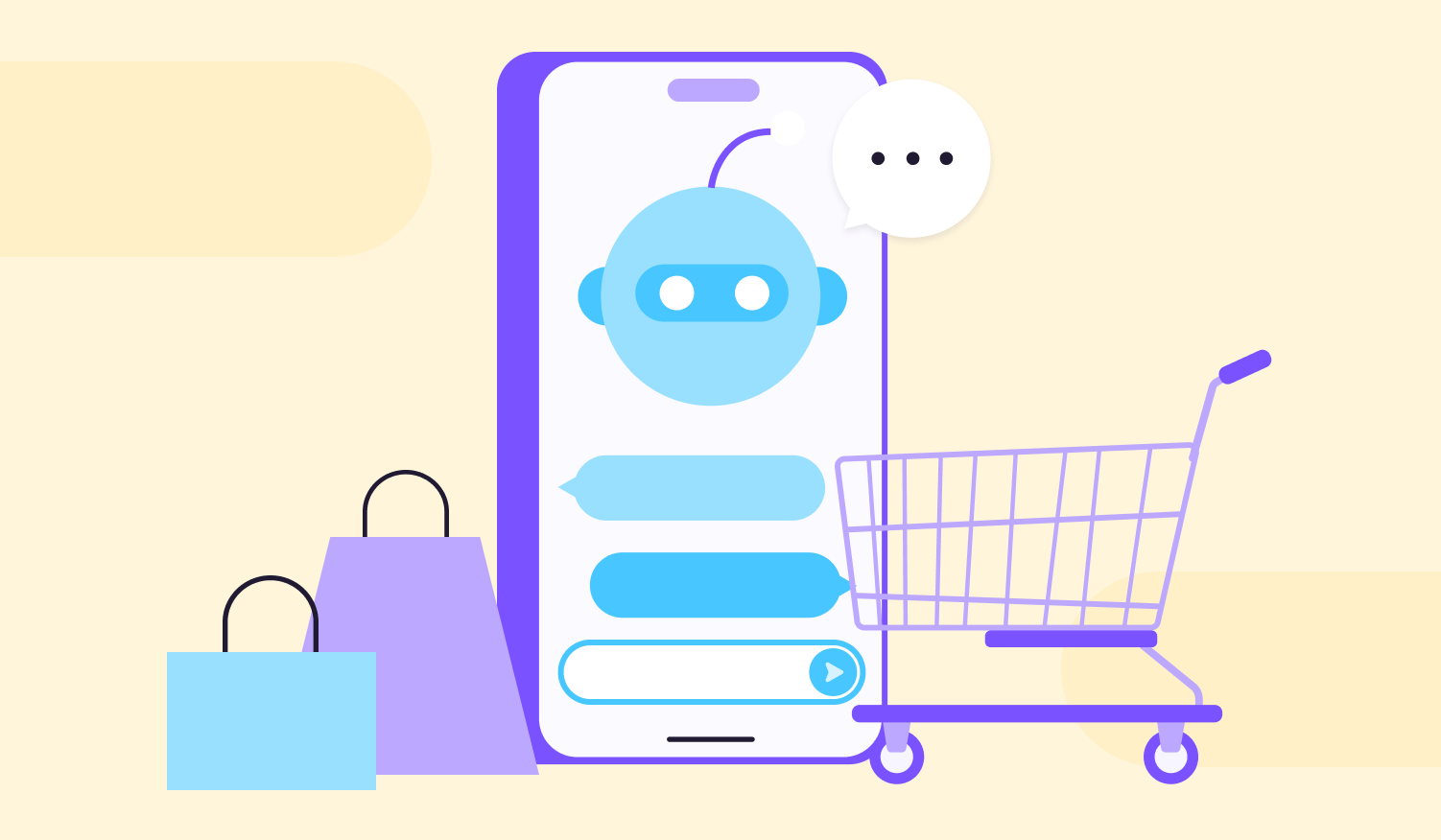
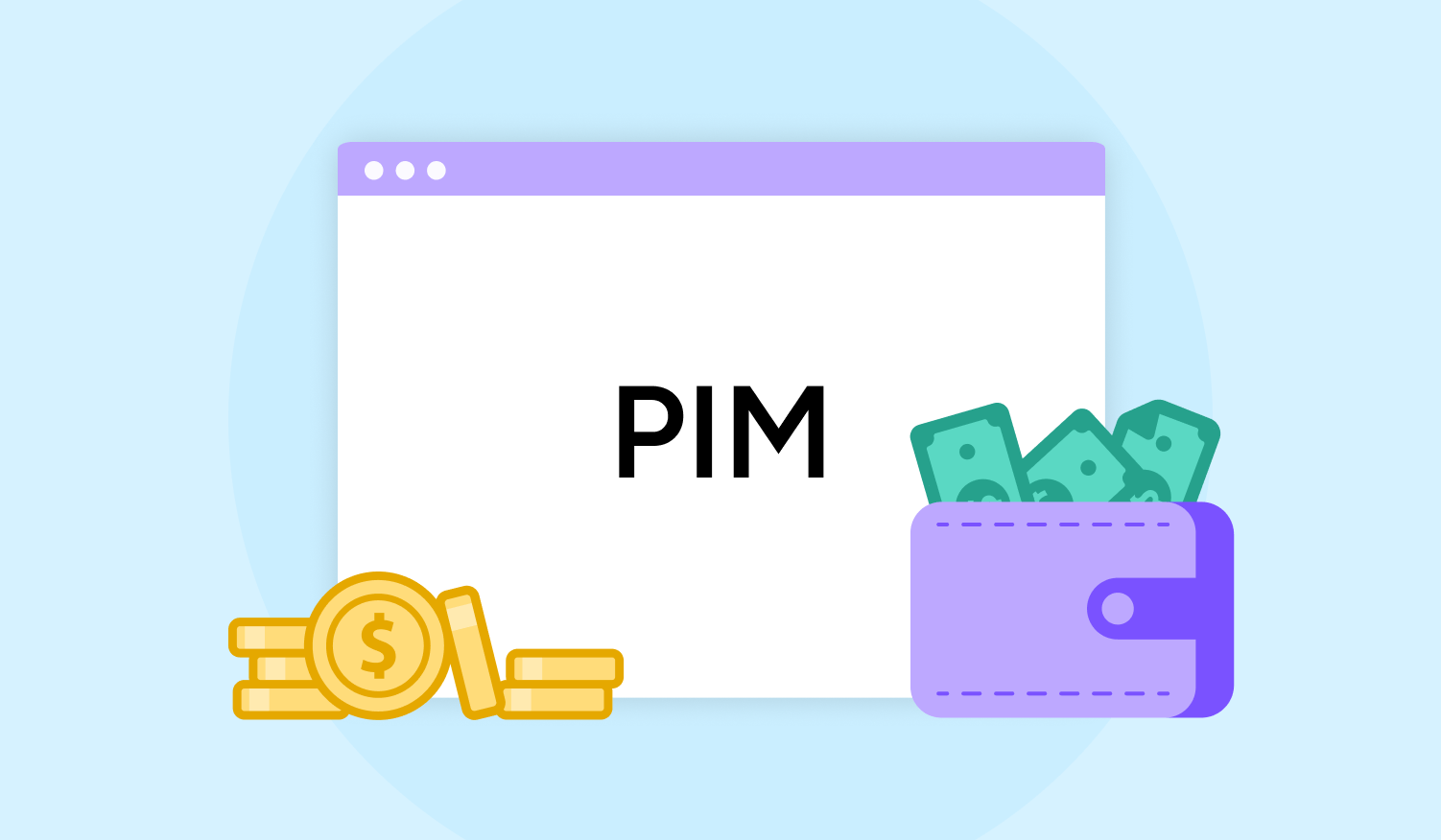

Think others should see this?
Go ahead and share it.